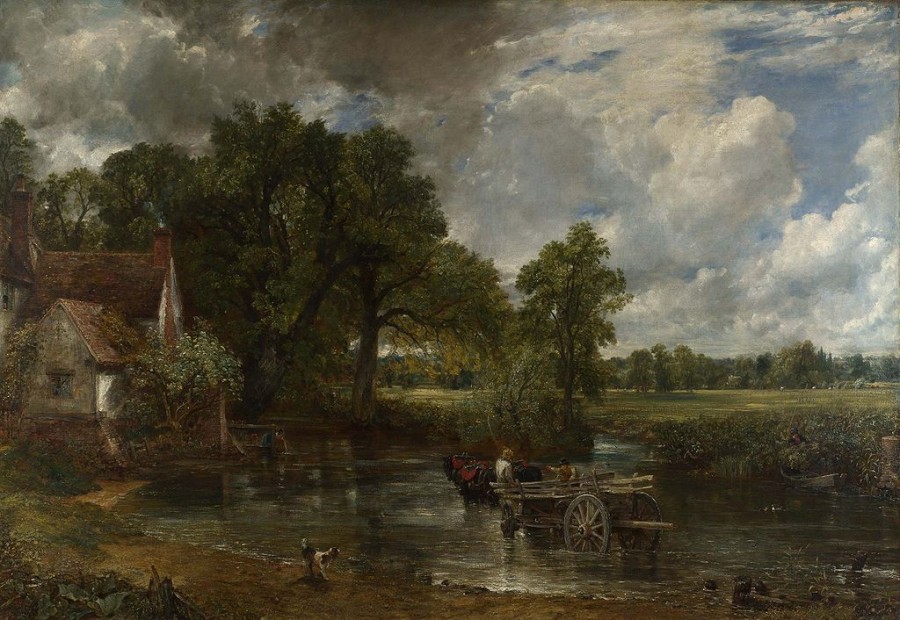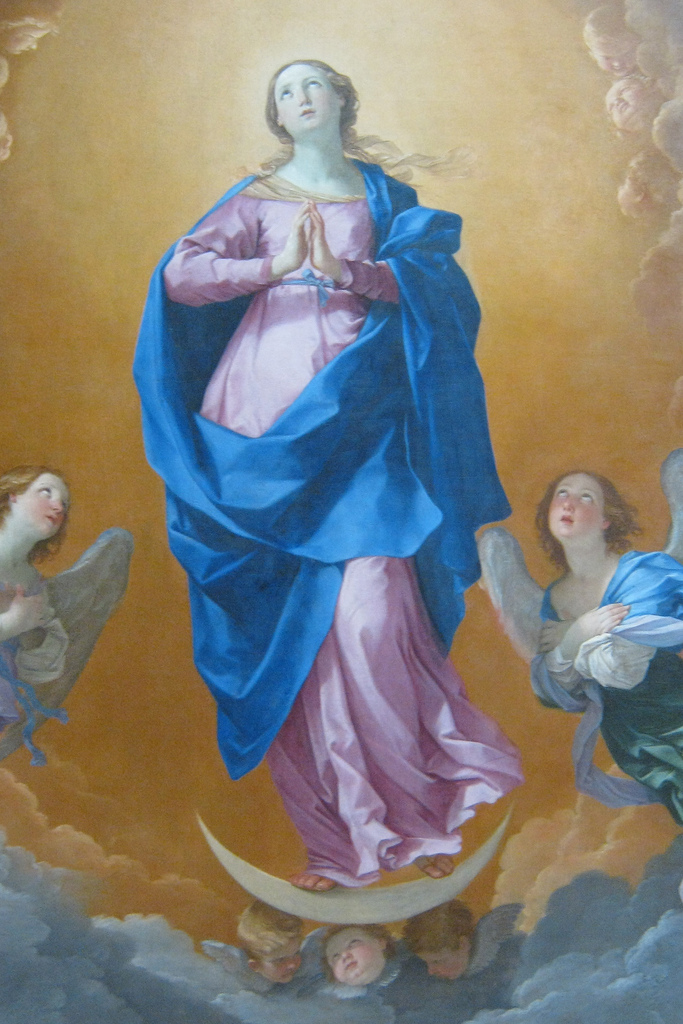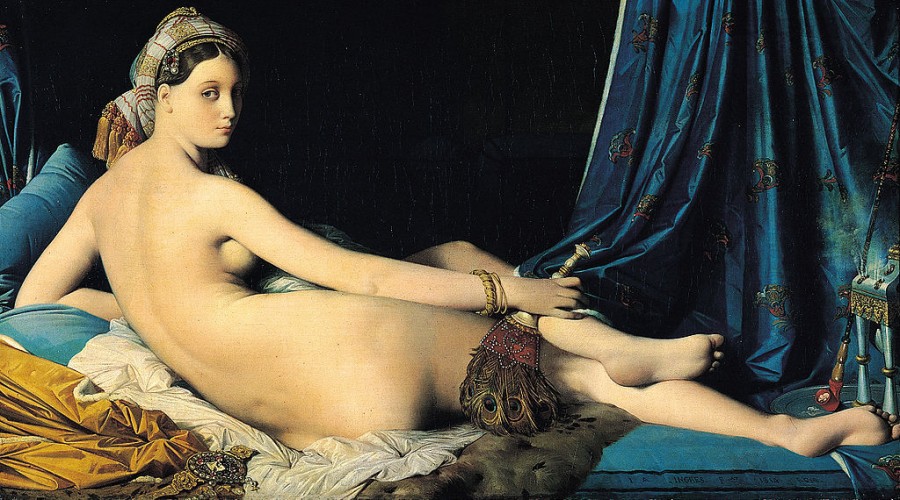It appears that deep down, we humans are a sentimental lot.
The Daily Mail Online published news of a study by Professor Semir Zeki, chair in neuroaesthetics at University College London, that indicates that looking at paintings by John Constable, Guido Reni, and Jean-Auguste-Dominique Ingres produces an effect in the human brain that is similar to gazing at someone with whom you are in love.
Art historians have long appreciated the affective power of images; it’s nice to have some scientific back up. What is really fascinating about the article is the artists who rose to the top. Keep in mind that the study only included thirty artists’ work, which, on a relative scale, is a minute sampling. Nevertheless, while these artists were successful during their lifetimes, since then they have at times enjoyed and lost support from art historians and art critics. They are not artists like Michelangelo, Albrecht Dürer, or Peter Paul Rubens, who fellow artists and historians have celebrated continuously since the time of their death. By contrast, Ingres, Constable, and especially Reni have lost their spot in the limelight at one time or another.
During the twentieth century, critics especially valued originality in art. If you ask people to define “art,” most would say that art is an original and personal expression of the artist. This was not the case prior to the twentieth century. Historically there were many other standards and requirements for art, such as the creation of space and proportion, storytelling, and (ironically) reference to other, great art. And this certainly was the case when Ingres, Constable, and Reni were living and working. To the twenty-first-century viewer, the paintings by these men appear woefully derivative and above all, romantic or sentimental. Sweetness is the kiss of death according to post-twentieth-century standards, yet the art that today provokes a reaction similar to love could not be more romantic. Take, for example, John Constable’s Hay Wain of 1821 shown below:
 John Constable, Hay Wain, 1821, oil on canvas, 51 ¼” x 73”. Image Attribution: National Gallery, London
John Constable, Hay Wain, 1821, oil on canvas, 51 ¼” x 73”. Image Attribution: National Gallery, London
The scene is absolutely contrived to suggest the perfect harmony between the figures and nature. Constable highlighted the River Stour near Flatfors in Suffolk in the foreground with the cute little dog that watches the hay wain, a kind of cart, cross the water. The river moves to the middle ground on the other side of the painting as it passes behind a quaint country cottage and in front of a majestic oak. The painting opens up in the distance to the right. Half of the painting is given over to the dramatic, billowing clouds. The idyllic scene with its easy movement into space literally sparkles with the spots of light and color that Constable painted across the entire surface.
In terms of style, Jean-Auguste-Dominique Ingres’ paintings could not be more different. The smooth and elongated contours of the exotic concubine in The Grand Odalisque of 1814 (shown at the top of of the page) give the impression that the woman is made of porcelain, which contrasts with the shiny satin of the drapery she holds in her right hand. Nevertheless, Ingres’ painting is equally romantic since it presents a sexual fantasy to the contemporary art buying public in Paris. She is an exotic type that would encourage people to imaging owning their own sex slave.
Ingres paintings are perhaps the most recognizable to Americans today and Constable’s painting is a national icon in Great Britain. Reni’s inclusion in the list is perhaps most surprising. He hasn’t enjoyed the same attention from art historians because his paintings are so very sentimental and pretty. His Immaculate Conception from 1627, shown below, surely is the sweetest representation of the subject ever created. The soft and saturated hues of pink, orange, and lavender bring out the fleshy pink of the subjects’ cheeks. Mary’s huge eyes and rosebud lips look very much like those on the faces of the cherubs who surround her, forming an enormous halo called a mandorla. This is not the sophisticated and edgy art you’ll see in the homes of collectors and critics. This is the stuff of prayer cards and church calendars.
 Guido Reni, The Immaculate Conception, 1627, oil on canvas. Image from Peter Roan (Flickr) under a Creative Commons Attribution Non-Commercial License.
Guido Reni, The Immaculate Conception, 1627, oil on canvas. Image from Peter Roan (Flickr) under a Creative Commons Attribution Non-Commercial License.
Sally Coleman | The Art Minute

